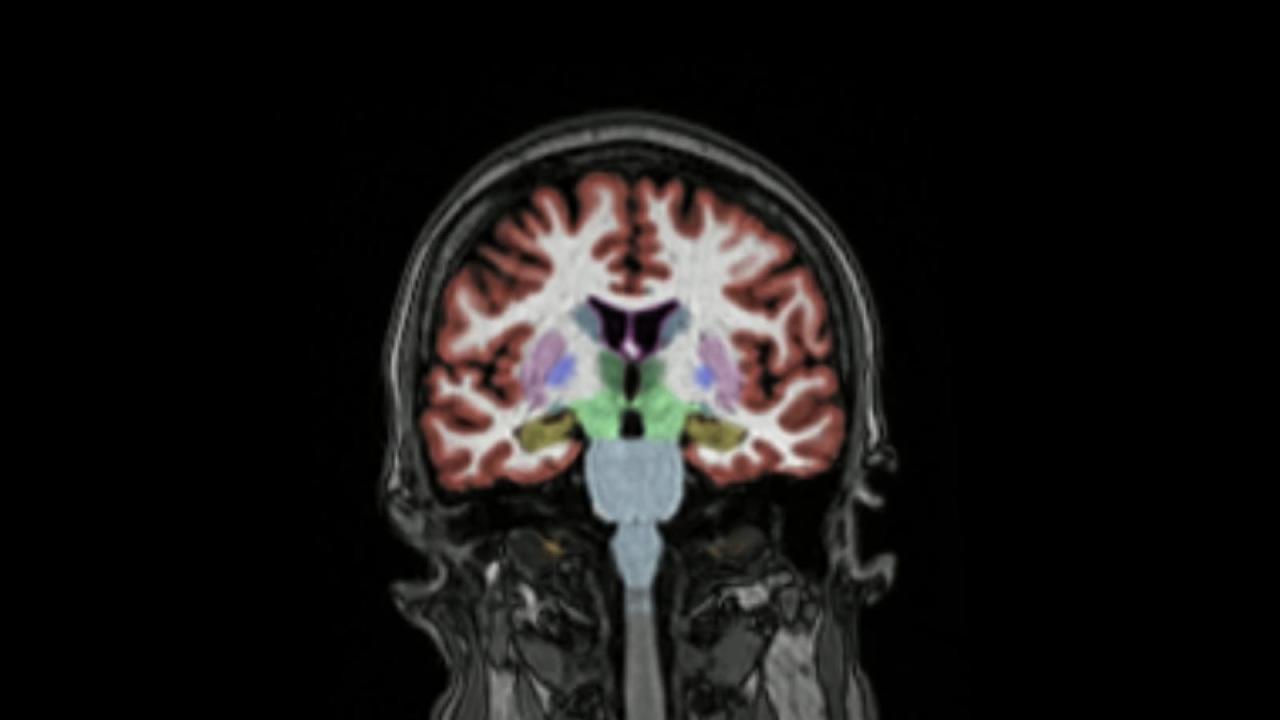Table of Contents
An evaluation of human brain cells offers new evidence in help of the “amyloid hypothesis,” the prevailing thought that Alzheimer’s is induced by the accumulation of beta-amyloid proteins in the brain.
In the review, Columbia University researchers found that amyloid sparks an alliance among two proteins in the brain’s neurons and this pairing is linked to about 50 percent of the gene adjustments that are recognised to manifest in the condition, triggering the fast accumulation of tau proteins, a main driver of neurodegeneration in the sickness.
“This protein pair would seem extremely central to the condition, and simply because it does not appear to have an additional functionality in the brain, it is a fantastic target for a new treatment,” says the study’s senior creator, Ulrich Hengst, PhD, associate professor of pathology & cell biology (in the Taub Institute for Investigate on Alzheimer’s Disorder and the Getting old Mind) at the Columbia College Vagelos College of Doctors and Surgeons.
Protein pair was hidden to prior analysis
The scientists identified the pair when they were being on the lookout for proteins that spark hundreds of alterations in gene exercise that occur in brain cells all through Alzheimer’s ailment. “Our assumed was that if we can interfere with the proteins and reduce those improvements, we can avoid the ailment,” suggests Cláudio Gouveia Roque, PhD, affiliate investigate scientist in the Hengst lab, who conducted the examine.
Alternatively of searching for proteins that act by itself, the researchers seemed for pairs of distinctive proteins doing the job alongside one another.
“We know this type of protein automatically performs in pairs, but past Alzheimer’s analysis hadn’t looked for distinct pairs. For that reason, our understanding of the changes underlying Alzheimer’s progression has been fragmented and incomplete,” claims Hengst. “And simply because of that, we’ve most likely missed therapeutic opportunities.”
Amyloid causes proteins to stick together
The lookup by Hengst and Gouveia Roque, alongside one another with a past associate investigate scientist in the Hengst lab, Jimena Baleriola, uncovered two proteins—ATF4 and CREB3L2—whose binding to each and every other is triggered by amyloid and that together interact with about 50% of the gene expression adjustments that take place in brain cells for the duration of Alzheimer’s sickness.
At the time shaped, the CREB3L2-ATF4 pair activates a network of other proteins that result in fatal tau deposits to accumulate within neurons. The protein pair also disables the cellular machinery that clears aged and damaging proteins from neurons, a further hallmark of Alzheimer’s.
CREB3L2-ATF4 pairs (red) inside of different neurons. Image from Hengst laboratory / Columbia College.
While CREB3L2 and ATF4 are also found alone in healthful neurons, their binding jointly is enormously improved in the presence of a strain like extra amyloid, the scientists located.
“These two proteins are like two teenage boys,” claims Hengst. “Individually, they may possibly be reasonably harmless. But if you put them with each other without having a responsible adult in the room, they’re most likely to be up to no very good.”
New treatment method method
The results propose that Alzheimer’s could be dealt with by interfering with the CREB3L2-ATF4 pair.
“Normally, proteins that management gene exercise are incredibly bad drug targets due to the fact they handle way too several genes. But by concentrating on this pair we could possibly be equipped to protect the operate of the two personal proteins although preventing the poor consequences of them binding with each other,” Hengst says.
Hengst and Gouveia Roque have presently discovered a drug, dovitinib, that interferes with the effects of the protein pair. Dovitinib has been authorised by the Food and drug administration for the treatment method of renal cancer but has not been analyzed for the treatment method of Alzheimer’s. “Nonetheless, the drug is not toxic to neurons and crosses the blood-mind barrier, so this bodes well for long run drug enhancement,” Hengst suggests.
“We’re not conversing about obtaining rid of amyloid with this approach,” provides Gouveia Roque. “If we can interfere with the protein pair, we could sluggish or probably even halt the development of the ailment. Sure, there would still be amyloid in the mind, but the neurons would react much considerably less to it. 1 could hypothesize that such a drug could be used in blend with an amyloid-reducing drug for even larger outcome.”






